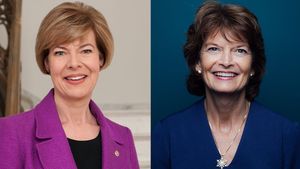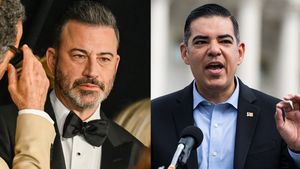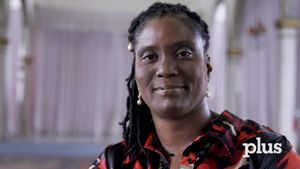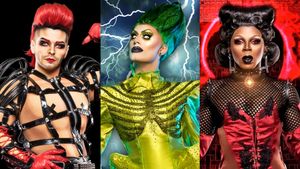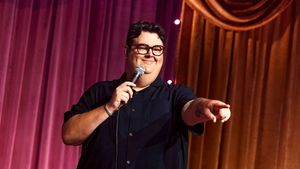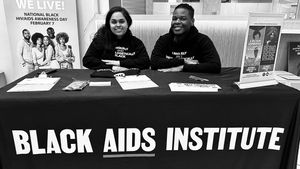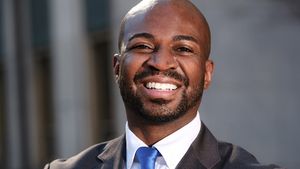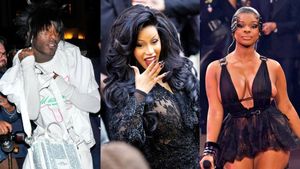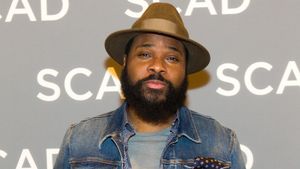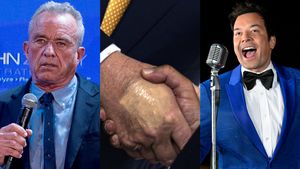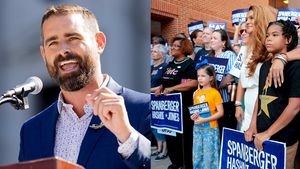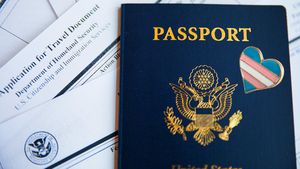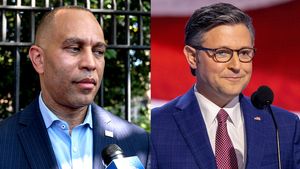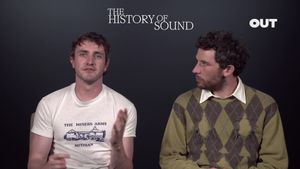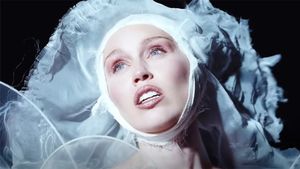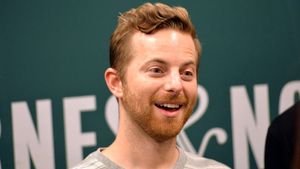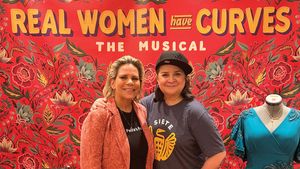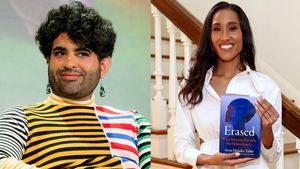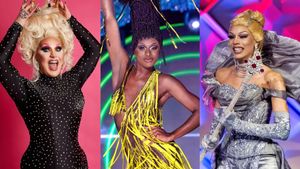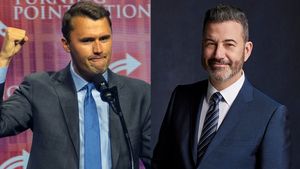Singer/songwriter Halsey has definitely been making waves in the music industry lately, especially with her most recent feature in The Chainsmokers' latest hit song "Closer" hitting platinum. But it's a BuzzFeed article that's made the most noise as of late, and not for good reasons. In the article, titled "What Does A Queer Pop Star Look Like In 2016," the writer attempts to break down the openly bisexual singer's seemingly more "femme" presentation and interactions with straight men as a means of conforming and "acting straight" for more mainstream audiences. The article reads:
"Embracing queerness—hers, and that of her fans—helped get Halsey here. But will she have to tone down that embrace in order to stay?"
People who are bisexual are consistently challenged by not just mainstream media, but also the LGBT community, and Halsey swiftly responded to the bi-erasure with a series of tweets (she's since deleted).
"Sorry I'm not gay enough for you," read one tweet.
She continued:
"...tiresome analysis of my 1 year in the public eye and the ignorance of 8+ years of sexual discovery to determine if I’m truly queer + is part of a mentality so engrained in the erasure of bisexual ‘credibility’ even within the lgbt community.”
YouTuber and writer Gaby Dunn, who also identifies as bisexual, was quick to come to Halsey's defense,
You don't have to wear combat boots and have a buzzcut or even have a girlfriend to be a bi woman. In case you're wondering, these are the things you need to identify as bisexual:
1. Identify as bisexual.
End of list.
The LGBT community needs representation like Halsey's. She is as much a part of the community as any other queer person, and she's even more of a pioneering force because her outward appearance challenges ignorant sterotypes about bi and queer people perpetruated in our media.
At the end of the day, it's never a fair critique to base someone's sexual identity on the way that they look. Even I've been wrongly skeptical of people who identify as bi because of ideas I've adopted of what that means to me. However, in situations involving someone's sexuality, nothing matters but how that person identifes, and you don't get to deny that.
To imply Halsey looks more feminine now to be more mainstream is to totally deny her autonomy as an artist and a grown woman. She doesn't owe anyone their concept of what bi looks like. Sure, we all feel pressure to fit within a heteronormative world as queer people, but using Halsey's appearance and the fact she interacts with straight, cis men as a way to challenge her bi identity is a nonstarter. Bisexual means a person can be attracted to more than one gender, so to discount her attraction to men as "straight" is to continue to erase a part of her bi identity.
The crux of the article's argument is based on the idea that if you do not look a certain way, than how are you really representing the queer community? And therein lies the problem because—say it with me—bisexuality doesn't have a "look!" Bi-erasure is alive and well, and one of the biggest ways it rears its ugly head is by claiming that if someone doesn't "look" queer enough, then clearly they are running away from their queerness. Halsey is no less bi with long hair and a boy crush than she would be with a blue buzz cut and a partner that is a woman. Not to mention, no one even knows who Halsey is dating and that's none of our business anyway. Halsey stated it best in an interview with Rolling Stone...
“The funniest thing is that the biggest battle that I’ve had to overcome in my career was not being bisexual, was not being biracial, was not being bipolar. It was everybody thinking that I was exploiting those things.
Stop policing people's sexuality. Bi-erasure is real and article's like BuzzFeed's only perpetuate the notion that there is just one way to be queer. Funny enough though, there are endless ways—and every person can decide that for themselves.






